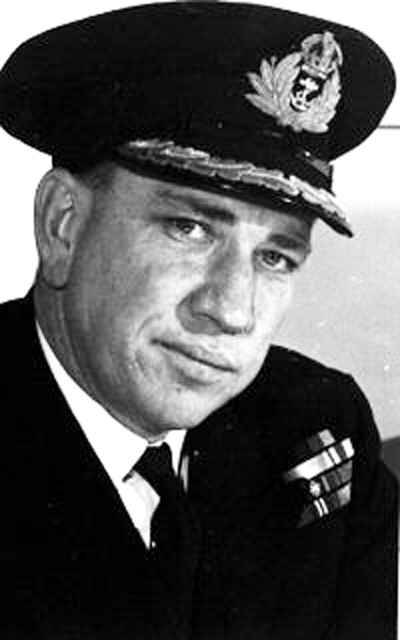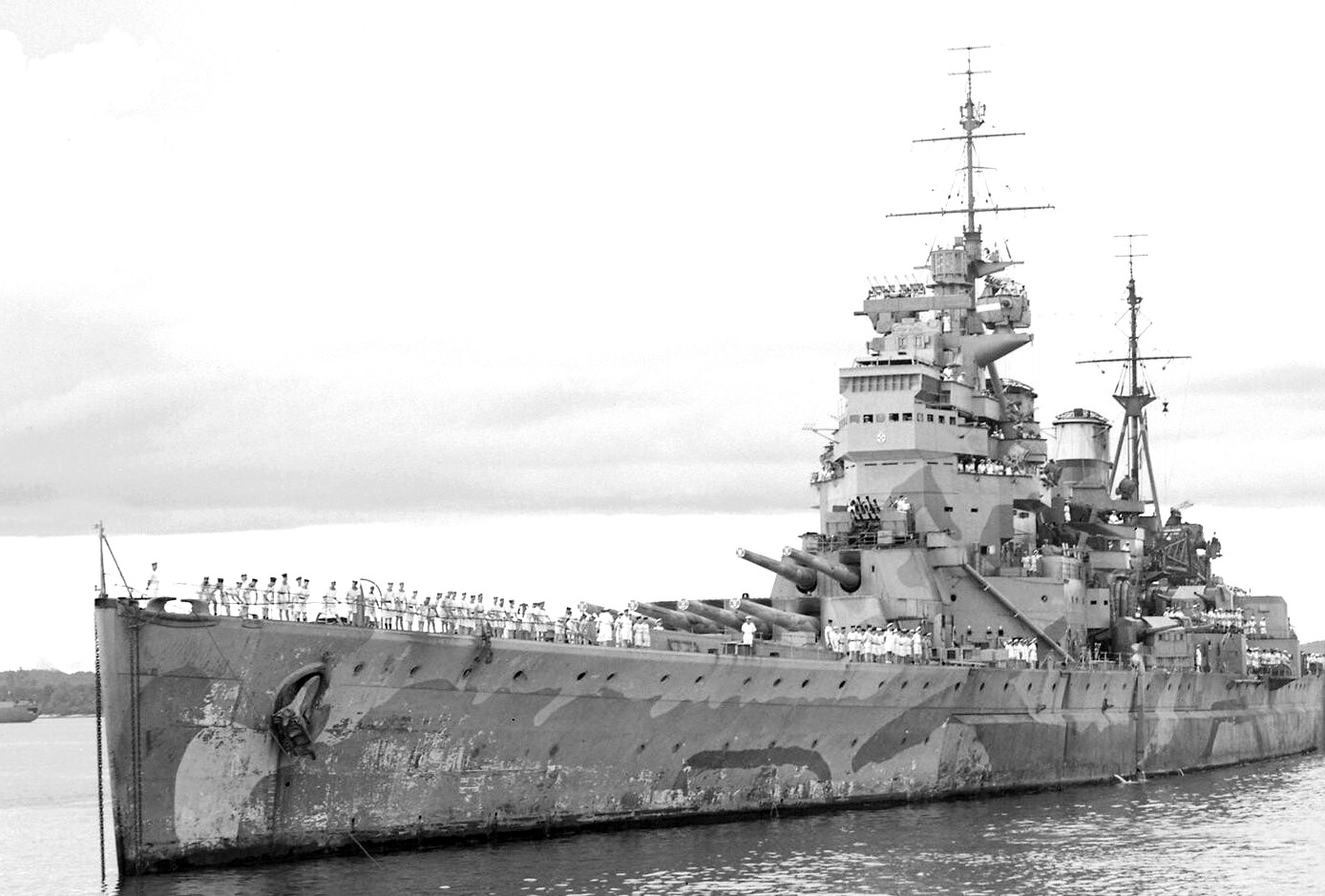Radar Man: Stuart Paddon’s unexpected wartime service
Navy News / January 5, 2022
Rear-Admiral (RAdm) Stuart Paddon didn’t set out to be a naval officer.
He was in his last year of physics studies at the University of Western Ontario in 1939, when he and his classmates were approached by the head of the department to see if they were agreeable to having their syllabus altered to give emphasis to electronics.
At the time, electronics was a subject for post-graduate courses, not undergrad. As it turned out, the Royal Navy (RN) was desperate for expertise at the outbreak of the Second World War. It approached the Royal Canadian Navy (RCN) about the matter, which in turn passed it on to the National Research Council, which then contacted Canadian universities.
In 1940, RAdm Paddon and his cohort, now with some electronics training, enlisted in the Royal Canadian Naval Volunteer Reserve (RCNVR) as sub-lieutenants and were sent across the Atlantic.
“As far as I know, we were the first group of Canadians to hit the Portsmouth Royal Naval Barracks,” RAdm Paddon said later when recounting his wartime service. “Then, radar was not called radar, it was called RDF [Radio Direction Finding]. The term radar did not come into play until the Americans got involved. In any case, we had a very short course to acquaint us with the principles of radar.”
In the early days of the war, radar remained somewhat of a mystery to many – its concepts often misunderstood and technical expertise even rarer. Thus, the RN had a difficult time finding suitable officers to operate it. This was compounded by the fact that the Royal Air Force had taken most of the home talent to operate its own systems watching British skies.
RAdm Paddon’s first posting was to His Majesty’s Ship (HMS) Prince of Wales, a brand new King George V-class battleship.
In May 1941, he was witness to one of the most infamous encounters in naval history – the Battle of the Denmark Strait. He was the radar officer on board Prince of Wales, assigned along with HMS Hood to sink the German battleship Bismarck.
Bismarck was attempting to break through into the North Atlantic where it could attack Allied merchant shipping.
Mr. Paddon was in charge of his ship’s radar systems.
“The Prince of Wales was the first ship to get a multiple suite of radar,” he recounted. “Up until this time, ships carried one radar, now I had 10.”
However, RAdm Paddon had only 30 personnel, only one of whom had been to sea before.
“I was the only technician. There were no technicians trained at that time in the RN for radar duties. Needless to say, I found myself with my head inside a radar set almost continuously with maybe 40 per cent of the sets not functioning at any one moment.”
Sitting in the room responsible for the Prince of Wales’ Type 281 radar, RAdm Paddon monitored the chase against the Bismarck. Clear on his screen were three contacts: Bismarck, the heavy German cruiser Prinz Eugen, and a third supply ship. Dutifully, he relayed the coordinates of the enemy ships to the Prince of Wales’ gunnery controllers.
However, due to the lack of practice on the part of the ship’s crew, the gunnery controllers did not take note of RAdm Paddon’s information. Using traditional optical means, the Prince of Wales nevertheless managed to score hits on the Bismarck – but not before HMS Hood was hit and sunk with only three survivors.
It is impossible to know whether better adherence to RAdm Paddon’s radar information could have saved the Hood.
Meanwhile, the chase wore on, and RAdm Paddon’s only information about the battle was through his radar screen, on which he could see the radar reflections coming from Bismarck’s 15-inch shells flying through the air.
Prince of Wales continued to exchange fire with Bismarck but suffered serious malfunctions in its main armament. The British battleship had only been completed in late March 1941, and used new quadruple gun turrets that were unreliable. Prince of Wales soon broke off the engagement.
The battle was a tactical victory for the Germans, but its impact was short-lived. The damage done to Bismarck’s forward fuel tanks forced the abandonment of the breakout and an attempt to escape to dry dock facilities in occupied France, producing an operational victory for the British. Incensed by the loss of Hood, a large British force pursued Bismarck resulting in her loss three days later.
RAdm Paddon would continue to serve in Prince of Wales until the ship’s demise at the hands of Japanese bombers off Malaya in December 1941, two days after the attack on Pearl Harbor, Hawai’i. He survived that sinking and was rescued by one of the escorting destroyers.
He spent some months at Ceylon as the port’s radar officer, repairing incoming vessels’ radar systems, before returning to Canada. During his duty in Ceylon, he noted that many British warships’ radar officers were his old classmates from the University of Western Ontario – a small but crucial role often forgotten in history.
Rising from the rank of sub-lieutenant, he continued to serve in the RCN until retiring in 1972 at the rank of Rear-Admiral.

